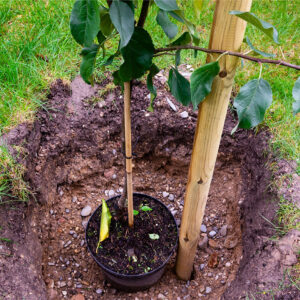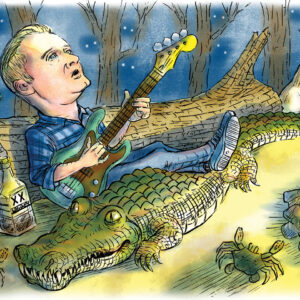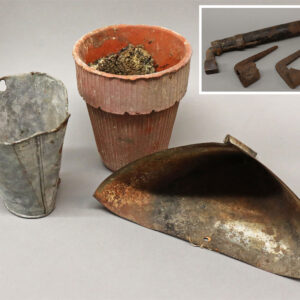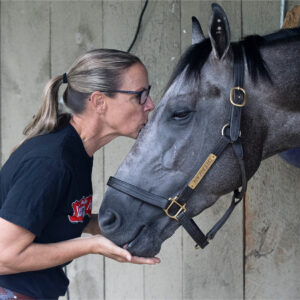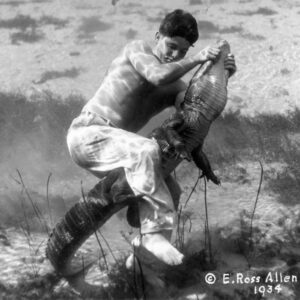Florida—and our area in particular—is home to a variety of mushrooms, many of which are edible. Which makes sense when you realize the mushroom is actually a “fruiting body” of the mycelium, which is a white, spongy organism that grows underground.
A mycelium can be minute or enormous. A 2,400-acre site in Oregon had one massive, continuous growth of mycelium before it was damaged by logging roads.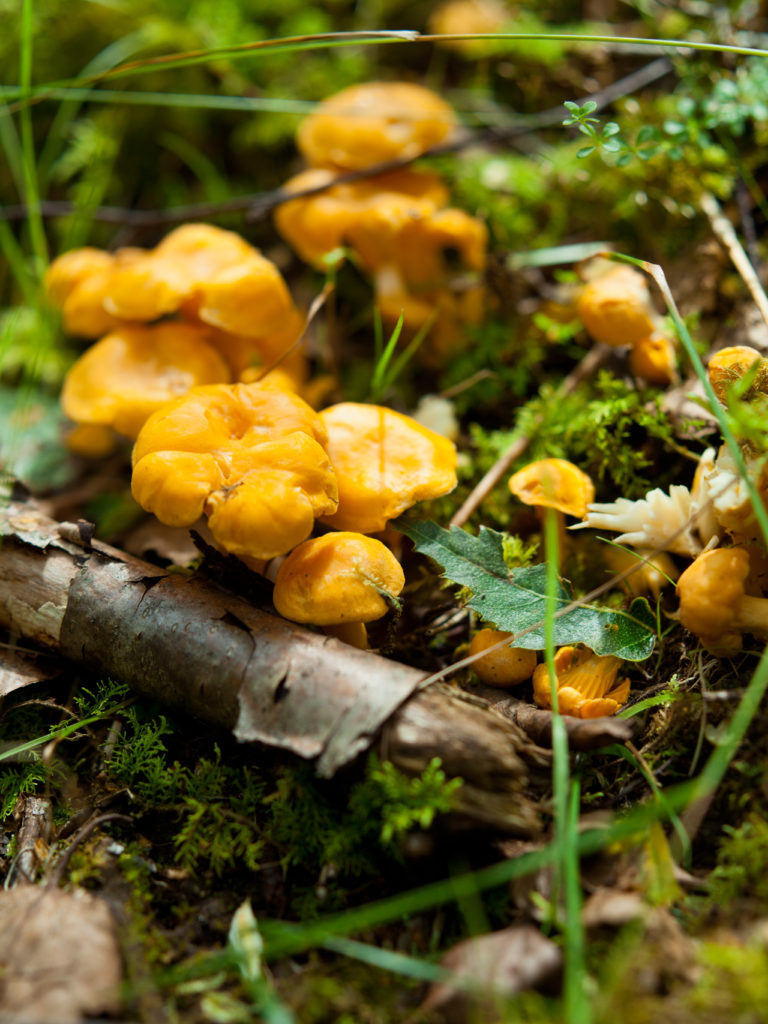
Here in Central Florida we can harvest a number of edible mushrooms, but it’s important to learn how to identify them, so you don’t mistakenly eat a poisonous one.
Dianne Busch, a Marion County master gardener, regularly forages for mushrooms and has found multiple species on her own property. Some foragers dehydrate mushrooms to use in cooking, while others, like Busch, enjoy them sautéed in butter.
“Acquire and read several books that are well organized and have lots of color pictures, including multiples of each mushroom. When starting out, it’s best to take a walking tour with an expert,” Busch suggests. “All mushrooms have their own habitats. Take a walk in a wooded area; right after a rain is when you will usually find them. In our area, chantarelles are among the most common and can be found in shaded areas under large oaks with lots of leaf debris.”
Novice foragers must do their homework as proper identification requires close attention to detail. Taking photos and consulting with books and online forums is essential to learning.
“Some mushrooms only grow in certain states or locations,” says Busch. “Morels, one of the cherished mushrooms, does not grow in Florida. Proper identification requires noticing what the mushroom was growing on and in what location.”
She always recommends taking a photo before harvesting any mushroom. Then take additional photos of the top of the cap, the gills underside, a view of how the gills attach to the stem and a close up of the texture on the stem.
Because there are poisonous mushrooms, some of which resemble edible varieties, never eat any mushroom without positively identifying it. And don’t eat them raw; always cook them first.
Common edible mushrooms in Marion County include:
Chanterelle
Ringless Honey Mushroom
Meadow Mushroom
Old Man of the Woods
Parasol
White Oyster
Turkey Tail
Milk Cap

